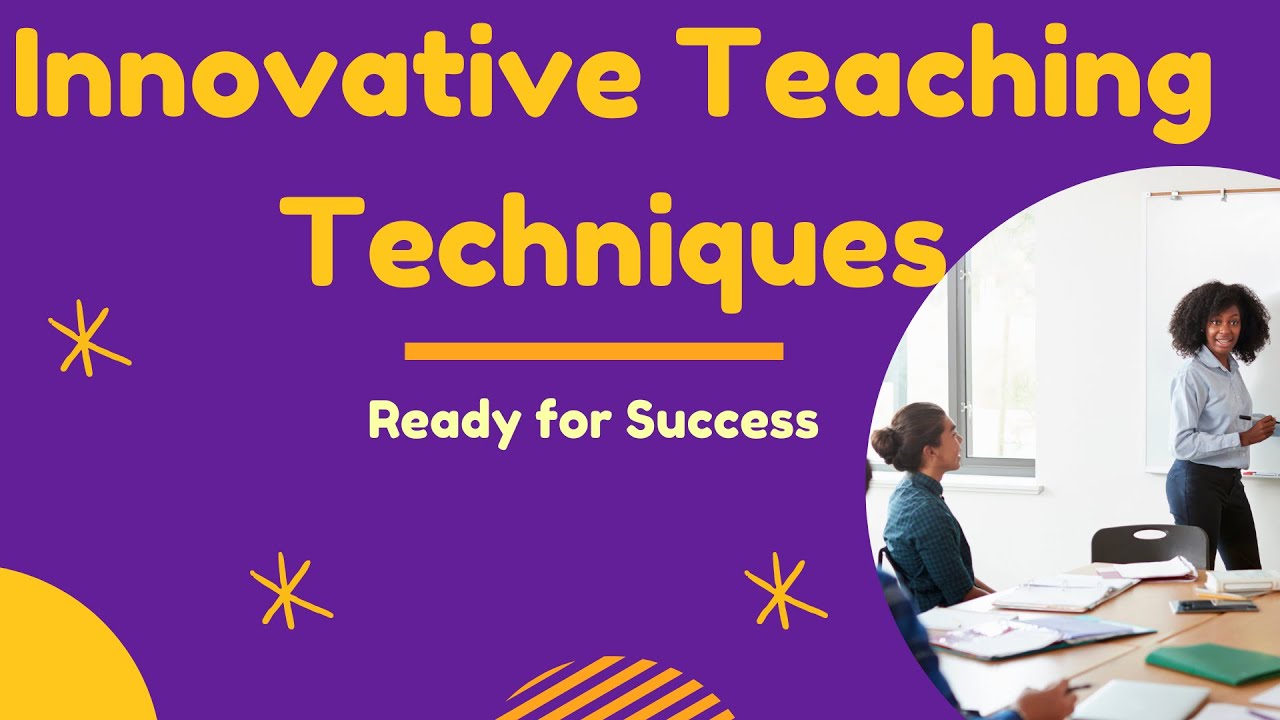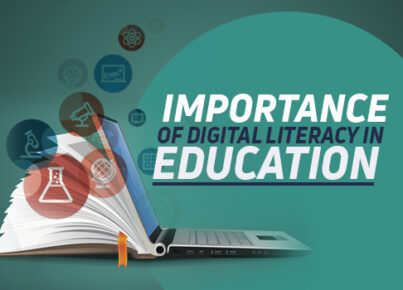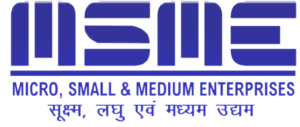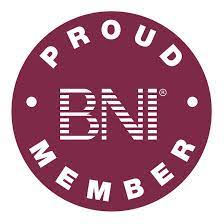Teaching is an essential component of the education system in India, but traditional teaching methods may not always be effective in promoting student engagement and motivation. As such, there is a need to incorporate innovative teaching techniques in Indian schools to enhance learning and foster a love for learning. Here are some innovative teaching techniques that can be implemented in Indian schools:
- Flipped Classroom– The flipped classroom is a teaching technique where students watch video lectures or read materials before attending class. This approach allows students to take their time in understanding the concepts, and in-class time can be used for problem-solving and discussion. This method encourages students to be self-directed learners and promotes active engagement in class.
- Gamification – Gamification is the use of games or game-like elements in education to make learning more engaging and fun. Teachers can create games and quizzes that relate to the subject matter, and students can compete against each other to earn points and rewards. This approach can help students stay motivated and foster a love for learning.
- Project-Based Learning– Project-based learning is a teaching technique that involves students working on a project for an extended period. This approach allows students to apply the concepts they have learned and provides opportunities for collaboration and problem-solving. Projects can be related to real-world issues or problems, and students can present their work to an audience, fostering communication and public speaking skills.
- Inquiry-Based Learning– Inquiry-based learning is a teaching technique that involves students asking questions and seeking answers. This approach allows students to become active learners and encourages curiosity and critical thinking. Teachers can provide guidance and resources for students to conduct research and solve problems independently.
- Collaborative Learning– Collaborative learning is a teaching technique that involves students working together in groups to solve problems. This approach allows students to develop teamwork and communication skills and fosters a sense of community in the classroom. Teachers can facilitate group discussions and projects, ensuring all students are actively engaged and contributing to the task.
- Visual Learning– Visual learning is a teaching technique that involves using visual aids such as videos, diagrams, and pictures to supplement traditional classroom learning. This approach can help students understand complex concepts more easily and promote the retention of information. Teachers can use visual aids to explain difficult concepts and create an interactive and engaging learning experience.
- Personalized Learning– Personalized learning is a teaching technique that involves tailoring the learning experience to meet individual student needs. This approach allows students to learn at their own pace and can promote a sense of ownership over their learning. Teachers can use technology to create personalized learning plans and provide feedback and support to help students achieve their goals.
In conclusion, innovative teaching techniques can enhance learning and make the classroom experience more engaging and effective. By incorporating flipped classrooms, gamification, project-based learning, inquiry-based learning, collaborative learning, visual learning, and personalized learning, teachers can promote student engagement, foster a love for learning, and help students achieve their full potential. These techniques can help create a dynamic and engaging learning environment that inspires creativity and critical thinking in Indian schools.










